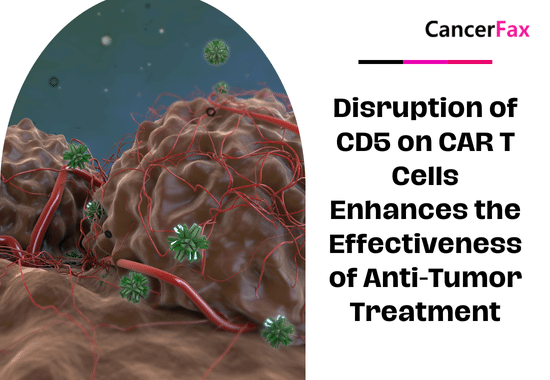The University of Athens Strati A et al. reported that whether PD-L1 is overexpressed in circulating tumor cells (CTC) can provide more feasible and important prognostic information for patients with head and neck squamous cell carcinoma. After treatment, patients with positive PD-L1 in CTC receiving adjuvant PD1 suppression therapy are worth further evaluation. (Ann Oncol. 2017; 28: 1923-1933.)
Based on the tumor’s biological markers, it can be determined whether PD 1 checkpoint inhibitors may ultimately benefit some patients with head and neck squamous cell carcinoma. The molecular characteristics of circulating tumor cells are critical for studying targeted therapy of tumors, and the biomarkers that predict PD 1 checkpoint inhibitors are still unclear. This prospective study included a group of patients with head and neck squamous cell carcinoma who were being treated to evaluate whether circulating tumor cells that overexpress PD-L1 can be detected at baseline (before treatment) and at different treatment time points to predict treatment After the clinical effect.
The researchers developed a highly sensitive and specific RT-qPCR kit for detecting PD-L1 mRNA expression in EpCAM-positive CTC cells. The study enrolled 113 patients with locally advanced head and neck squamous cell carcinoma and detected PD-L1 expression in EpCAM-positive CTC cells at baseline, after 2 cycles of induction chemotherapy (6 weeks), and after concurrent chemoradiation (15 weeks) Level.
The results showed that at baseline, 25.5% (24/94) patients had PD-L1 overexpression in their CTCs. The rate of overexpression after induction chemotherapy was 23.5% (8/34), and 22.2% (12 /54). After treatment, patients with CTC still overexpressing PD-L1 had shorter progression-free survival (P=0.001) and shorter overall survival (P<0.001).
After treatment, PD-L1 without overexpression may be more likely to achieve complete remission (OR=16, 95%CI 2.76~92.72; P=0.002).

